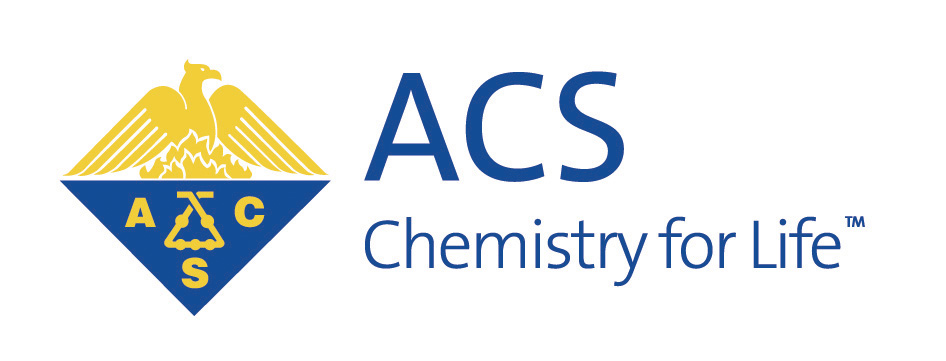|
 |
Princeton Section |
|
Princeton ACS Meeting Announcement |
|
Monthly
Dinner Meeting
and presention of the
2009 Outstanding High School
Chemistry Teacher Awards
Thursday, May 14, 2009
our guest speaker will be
Karen M. Schaich, PhD
Department of Food Science, Rutgers University
" The Alphabet Soup of In Vitro Antioxidant
Assays: What Do Results Really Spell Out?"
The lecture is at 6:00 PM in Friend Center,
Room 004.
Dinner is at Kalluri Corner immediately following lecture
Princeton University Map
Driving Directions
ABSTRACT
What does it mean when the label on an energy
bar touts an ORAC value of 30,000 or a “natural” fruit beverage
advertized a TEAC value of 250? Are the internet ads for natural
extracts and antioxidants just full of hot air when they list ORAC,
TEAC, DPPH, FRAP, TRAP and CuPRAC values for their products, or do
these numbers really mean something? These acronyms belong to a
variety of antioxidant “activity”/“capacity”/”potential” assays that
have been developed to determine which foods and natural extracts
are most likely to provide the proverbial fountain of youth and
prevent or cure a wide range of diseases. These assays – ORAC
(oxygen radical absorbance capacity), TEAC (Trolox equivalent
antioxidant capacity), TRAP (total radical-trapping antioxidant
parameter), FRAP (ferric reducing antioxidant power), CuPRAC (Cupric
ion-reducing antioxidant capacity), DPPH (diphenylpicrylhydrazyl
radical) -- provide a veritable alphabet soup of options for
screening anti-radical action, quantitating antiradical potential,
ranking products, and marketing natural extracts. However, all the
assays were modeled on the assumption that antioxidants are fully
absorbed and act entirely by radical scavenging or electron transfer
in vivo, and they ignore potential toxic reactions of high
concentrations of phenols. In addition, even within the research
community there is inconsistency in results and widespread
disagreement about which assays are most valid, what the results
mean in terms of either antioxidant action or mechanism, and whether
these in vitro assays accurately reflect in vivo actions. Should you
buy foods or nutraceutical ingredients based on their quoted ORAC,
TEAC, or FRAP values? Come hear Dr. Schaich explain what the major
in vitro antioxidant assays really spell out in the context of
chemical and biological actions of antioxidants, how they can be
used appropriately, and what you can learn from their listing on
food labels.
Biography
Dr Schaich received her BS in Food Research from Purdue University
in 1969 and her ScD in Food Science from the Massachusetts Institute
of Technology in 1974. She joined Rutgers University in 1988 and has
been Associate Professor, Department of Food Science since1994.
Prior to that she held various positions in the Medical Department,
Brookhaven National Laboratory. Her research interests include: EPR
studies of free radical intermediates and their reactions,
particularly of lipids; metal-lipid and chelator-lipid interactions;
co-oxiations of proteins and nucleic acids by oxidizing lipids and
mechanisms of initiations.
|
|
Reservations:
The meeting will be held in Friend Center, room
004, Princeton University. The Friend Center is
located on the corner of William Street and
Olden Street. (see
Princeton University Map).
The seminar is at 6 PM followed immediately by
dinner at Kalluri Corner Restaurant, 235 Nassau
St. Princeton, NJ. The seminar is free and open
to the public. Reservations are required for
dinner, which is $20 for members and $10 for
students. All reservations will be billed. Please contact Denise D’Auria at
denised@princeton.edu or
(609) 258-5202 or by Friday May 8 to make or cancel
reservations. |
|
|